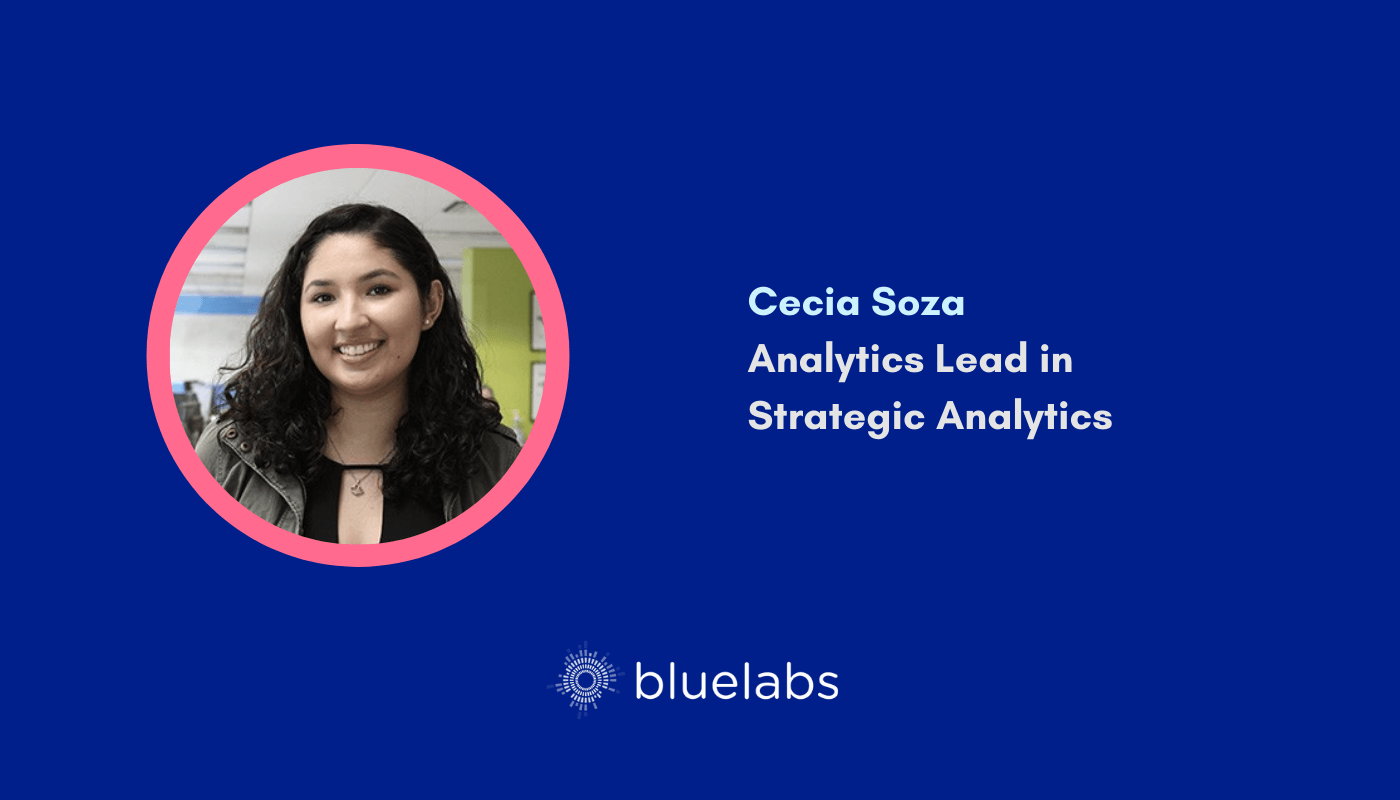
Do you need a STEM degree to work in analytics?
If you’ve been on TikTok or any other social media recently, you might have noticed an uptick in content surrounding the idea of breaking into the tech industry. The tech industry has seen an enormous boom over the past decade, and there don’t seem to be signs of it slowing down anytime soon. At first glance, people may think that getting into tech is harder than it is. When most people think of the tech industry, they usually think of software engineers, web developers and people with STEM degrees. They typically expect that they need to have years of experience coding. In reality, there’s a whole world of jobs that exist within tech that see technical experience as nice-to-haves and not needs, but are still highly crucial. Some examples of these jobs include data analysts or product/project managers, which are the kinds of roles that I fill at BlueLabs!
At its core, data analytics is about using data to answer questions, help make smart decisions, and solve problems. As an analytics lead at BlueLabs, most of my days are spent head down, deep in datasets, but I also get to manage projects and interact with clients daily. The clients that I work with are typically progressive campaigns, parties, and organizations that want to harness their data for social good.
On the technical side of things, I spend a lot of time data wrangling. This includes collecting, cleaning, and organizing data. My language of choice is SQL, which I learned entirely on the job and allows me to transform, manipulate, and analyze large-scale datasets easily. Before my transition into the progressive data space, I had never written a single line of code, but I was able to pick up SQL quickly through my on-site training and the projects that I’ve been a part of at BlueLabs.
What follows the data wrangling is my favorite part of the job: the story-telling! Data is only as good as what you’re able to do with it, and being able to tell a story with numbers is what makes my job so fun. Once I have all the data collected and transformed into the format that I need for a project, I am able to start piecing together patterns and collecting insights that help me paint a picture of what is going on in an election, or with a client’s program, for example.
One misconception about tech and data is that these are strictly analytical fields and that there isn’t much room to be creative, but this couldn’t be further from the truth! Data analytics is a widely interdisciplinary field. In my role, I am able to blend the analytical aspect of data science and tech with the creative aspect of messaging and strategy. I feel the most creative in my role when I report on our findings–whether that be in a memo, a slide deck, or an interactive dashboard. I love taking the patterns that we find in our work and turning them into useful insights and actions for our clients.
It can be intimidating to break into the tech field as someone who doesn’t have a degree or educational background in math or statistics, but I find that this is what really helps me succeed with our clients. Coming into this field with little-to-no data chops, I’ve been able to put myself back into the shoes of a non-technical audience member to try and understand what is really important and how to best explain it.
The path to being an analytics lead wasn’t always easy–at times it was complicated and messy, like data! However, it has been extremely meaningful and gratifying to be able to learn new skills and use my existing ones for social good.